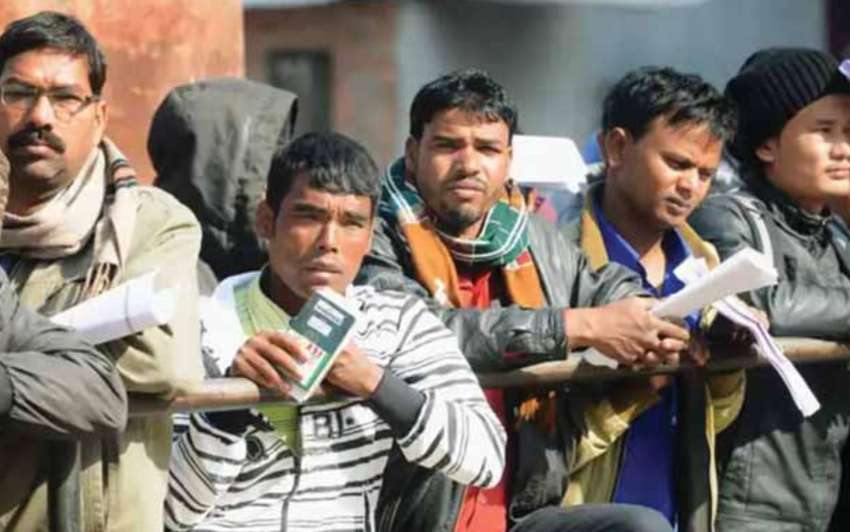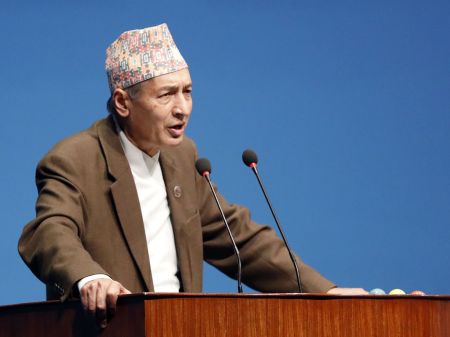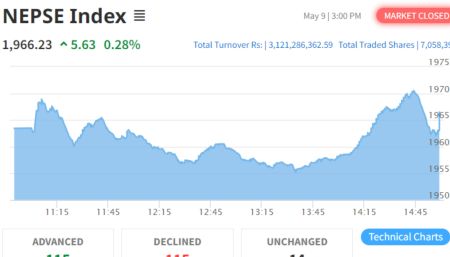BY Neeraj Shrestha
In line with global trends, Nepal has undergone a dramatic transformation since the onset of the COVID-19 pandemic. The country is grappling with sluggish economic activity and ineffective political leadership, resulting in multifaceted challenges. As a result, a significant portion of the young population, who also are active consumers, is leaving their homeland to pursue higher education or seek employment abroad. This article delves into how this mass emigration of young Nepalis is triggering an economic recession and explores its potential consequences.
Youth Emigration in Nepal
Nepal boasts a significant millennial population with a median age of 24.4 years. However, a large number of youth are leaving the country in search of better educational opportunities and higher-paying jobs. This outward migration of the brightest and most energetic individuals is a cause for serious concern regarding national development. According to a study conducted by the International Organization for Migration (IOM), approximately 36% of Nepali youths aspire to leave the country, primarily due to limited employment prospects and a desire for advanced education, with plans to settle abroad.
Impact on Education
As an increasing number of young Nepalis are prefering to pursue higher education abroad, Nepal is not only losing its potential future workforce but also its intellectual capital. This brain drain can lead to a shortage of highly skilled professionals in critical sectors like medicine, engineering, and technology in the near future. The scarcity of such skilled individuals could impede Nepal's economic growth potential and hinder its ability to compete globally or attract foreign direct investment (FDI) for businesses. Additionally, it can also strain the education industry which has absorbed significant investments.
Labor Market Implications
Another notable concern is the departure of young Nepalis in search of greener pastures abroad. Remittances from migrant workers have long been a vital income source for Nepal's economy, amounting nearly 25% of the country's GDP. However, the drain of youthful labour may lead to a decrease in remittances, potentially affecting the overall economic stability of the nation.
Economic Ramifications
The exodus of youth from Nepal could yield severe economic consequences. With skilled labour leaving the country, businesses may struggle to find skilled and qualified workforce. Moreover, as the flow of remittances slows, Nepal might experience a drop in consumer spending which will result in reduced demand for goods and services within the local economy, as most departing individuals are active consumers. These economic shocks can translate into decreased investments, production, and employment for Nepal, ultimately culminating in a recessionary phase.
Potential Solutions
To mitigate the potential impact of youth emigration on Nepal's economy, various measures can be adopted by the government and relevant stakeholders. Some of them measures are listed below:
Enhancing Education: By improving the quality and relevance of education in Nepal, the government can encourage young people to pursue their studies within the country. Additionally, opening doors to foreign universities and colleges to set up campuses here can provide access to world-class education in Nepal itself.
Job Creation: New jobs can be created by promoting entrepreneurship and investing in key sectors. Encouraging entrepreneurship and providing support or subsidies for small and medium-sized enterprises (SMEs) can generate local job opportunities. Likewise, investing in high-growth sectors like technology, renewable energy, and tourism can create employment opportunities.
Encouraging Return Migration and Raising Awareness: The government should create attractive opportunities and favorable conditions for Nepali expatriates to return, bringing back valuable skills and knowledge acquired overseas. Additionally, addressing issues related to commission fees and low wages among migrant workers can facilitate their return.
Strengthening Healthcare and Research: Investments in healthcare and research facilities can retain skilled professionals and offer quality services in Nepal itself which reduces the need for individuals to seek opportunities abroad.
Conclusion
The mass departure of Nepali youth presents a big challenge to the country's economic development. The loss of skilled professionals and a decline in remittances could potentially trigger an economic downturn. It is imperative for the government and stakeholders to proactively address these challenges through appropriate policy interventions, investments in education and job creation, and the promotion of an environment conducive to the return of Nepali talent. Only through these measures can Nepal harness the potential of its youth and avoid a recession brought about by their departure. The time for action is now.
(Shrestha is Head of Gandaki Province- Siddhartha Bank)






















